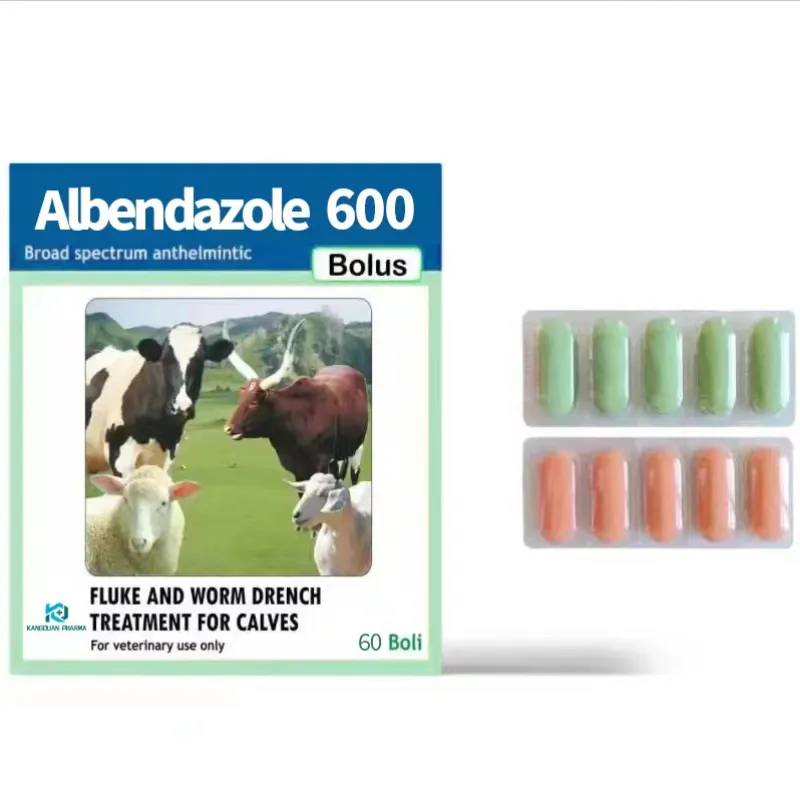- Afrikaans
- Albanian
- Amharic
- Arabic
- Armenian
- Azerbaijani
- Basque
- Belarusian
- Bengali
- Bosnian
- Bulgarian
- Catalan
- Cebuano
- Corsican
- Croatian
- Czech
- Danish
- Dutch
- English
- Esperanto
- Estonian
- Finnish
- French
- Frisian
- Galician
- Georgian
- German
- Greek
- Gujarati
- Haitian Creole
- hausa
- hawaiian
- Hebrew
- Hindi
- Miao
- Hungarian
- Icelandic
- igbo
- Indonesian
- irish
- Italian
- Japanese
- Javanese
- Kannada
- kazakh
- Khmer
- Rwandese
- Korean
- Kurdish
- Kyrgyz
- Lao
- Latin
- Latvian
- Lithuanian
- Luxembourgish
- Macedonian
- Malgashi
- Malay
- Malayalam
- Maltese
- Maori
- Marathi
- Mongolian
- Myanmar
- Nepali
- Norwegian
- Norwegian
- Occitan
- Pashto
- Persian
- Polish
- Portuguese
- Punjabi
- Romanian
- Russian
- Samoan
- Scottish Gaelic
- Serbian
- Sesotho
- Shona
- Sindhi
- Sinhala
- Slovak
- Slovenian
- Somali
- Spanish
- Sundanese
- Swahili
- Swedish
- Tagalog
- Tajik
- Tamil
- Tatar
- Telugu
- Thai
- Turkish
- Turkmen
- Ukrainian
- Urdu
- Uighur
- Uzbek
- Vietnamese
- Welsh
- Bantu
- Yiddish
- Yoruba
- Zulu
Noy . 17, 2024 06:23 Back to list
horse stall disinfectant
The Importance of Horse Stall Disinfectant
Maintaining a clean and healthy environment for horses is paramount, not only for their well-being but also for the prevention of diseases that can adversely affect a stable's inhabitants. Horse stall disinfectants play a crucial role in this endeavor, ensuring that the areas where horses live and rest are free from harmful pathogens and bacteria. This article explores the significance of using horse stall disinfectants, the common types available, and effective practices for their application.
Why Disinfecting Horse Stalls Is Essential
The horse environment is constantly exposed to organic matter, including manure, bedding, and food residues, all of which can harbor a variety of bacteria, viruses, and fungi. These pathogens can thrive in damp and dirty conditions, leading to illnesses such as colic, strangles, and respiratory infections. Regular cleaning and disinfection of stalls can dramatically reduce the risk of these diseases.
Disinfectants help to break the chain of infection by killing harmful microorganisms on surfaces, including floors, walls, and equipment. By creating a cleaner environment, horse owners not only protect their animals but also promote overall farm hygiene, which can minimize the likelihood of disease outbreaks affecting multiple horses.
Types of Horse Stall Disinfectants
There are several types of disinfectants suitable for horse stalls, each with its own active ingredients and mechanisms of action. Common categories include
1. Quaternary Ammonium Compounds (Quats) These are widely used for their effectiveness against bacteria and viruses. They are safe for use around horses when diluted correctly, making them a popular choice for barns.
2. Phenolic Compounds Known for their broad-spectrum effectiveness, phenols can kill a wide array of pathogens. However, they should be used with caution, as they can be toxic to horses if residues are not properly rinsed away.
3. Bleach (Sodium Hypochlorite) While effective, bleach can be harsh and potentially damaging to surfaces and the respiratory systems of horses. It is generally recommended for use in extreme situations, where deeper sanitation is required.
horse stall disinfectant

4. Hydrogen Peroxide This compound offers a safer alternative to bleach as it breaks down into water and oxygen. It is effective against a wide variety of pathogens and is less harmful to surfaces and animals.
Best Practices for Using Disinfectants
To maximize the effectiveness of horse stall disinfectants, several best practices should be followed
- Thorough Cleaning First Before applying any disinfectant, stalls should be cleaned of all bedding and organic matter. A clean surface significantly enhances the disinfectant’s efficacy.
- Follow Manufacturer's Instructions Different disinfectants have varying dilutions and contact times. Always read and adhere to the instructions to ensure optimal use.
- Rinse Thoroughly After using disinfectants like bleach or phenolic compounds, make sure to rinse surfaces well to remove any harmful residues.
- Regular Schedule Establish a regular cleaning and disinfecting schedule to ensure that stalls remain as hygienic as possible. This could involve weekly deep cleans or daily surface disinfections.
Conclusion
Horse stall disinfectants are essential tools in maintaining a healthy and safe living environment for horses. By understanding the types of disinfectants available and implementing best practices for their use, horse owners can significantly reduce the risk of infectious diseases. A proactive approach to stall hygiene not only benefits the horses but also supports the overall health and productivity of the stable. Investing time and resources into proper sanitation is an investment in the future well-being of these magnificent animals.
-
Guide to Oxytetracycline Injection
NewsMar.27,2025
-
Guide to Colistin Sulphate
NewsMar.27,2025
-
Gentamicin Sulfate: Uses, Price, And Key Information
NewsMar.27,2025
-
Enrofloxacin Injection: Uses, Price, And Supplier Information
NewsMar.27,2025
-
Dexamethasone Sodium Phosphate Injection: Uses, Price, And Key Information
NewsMar.27,2025
-
Albendazole Tablet: Uses, Dosage, Cost, And Key Information
NewsMar.27,2025













